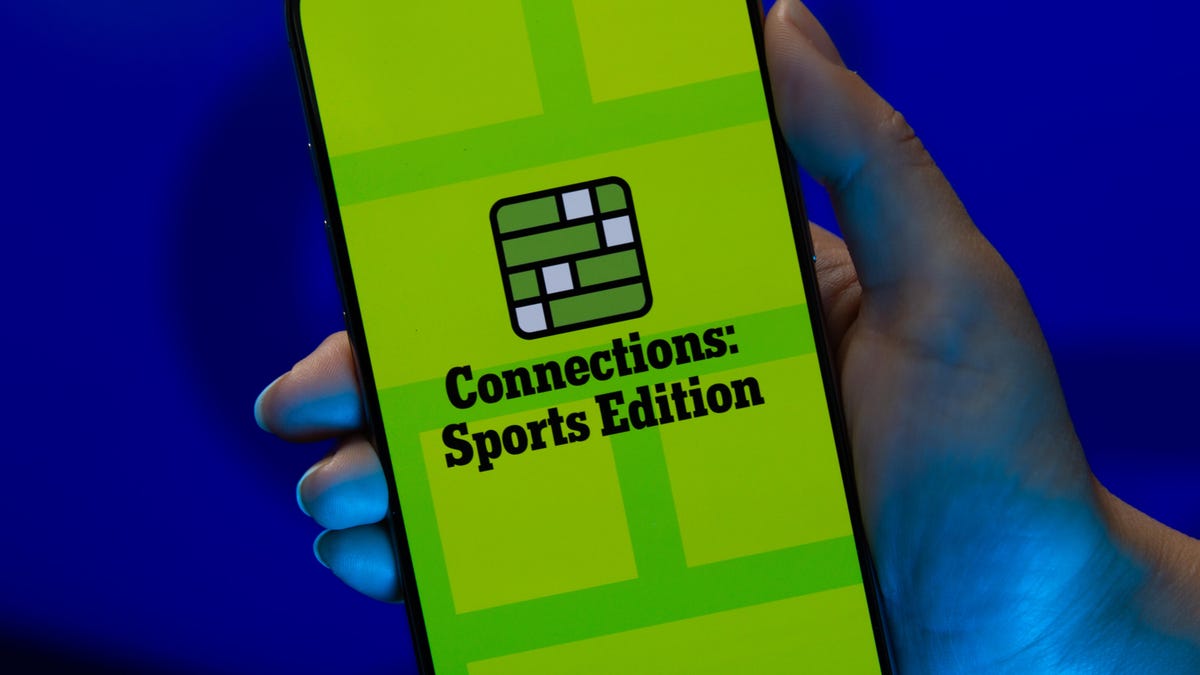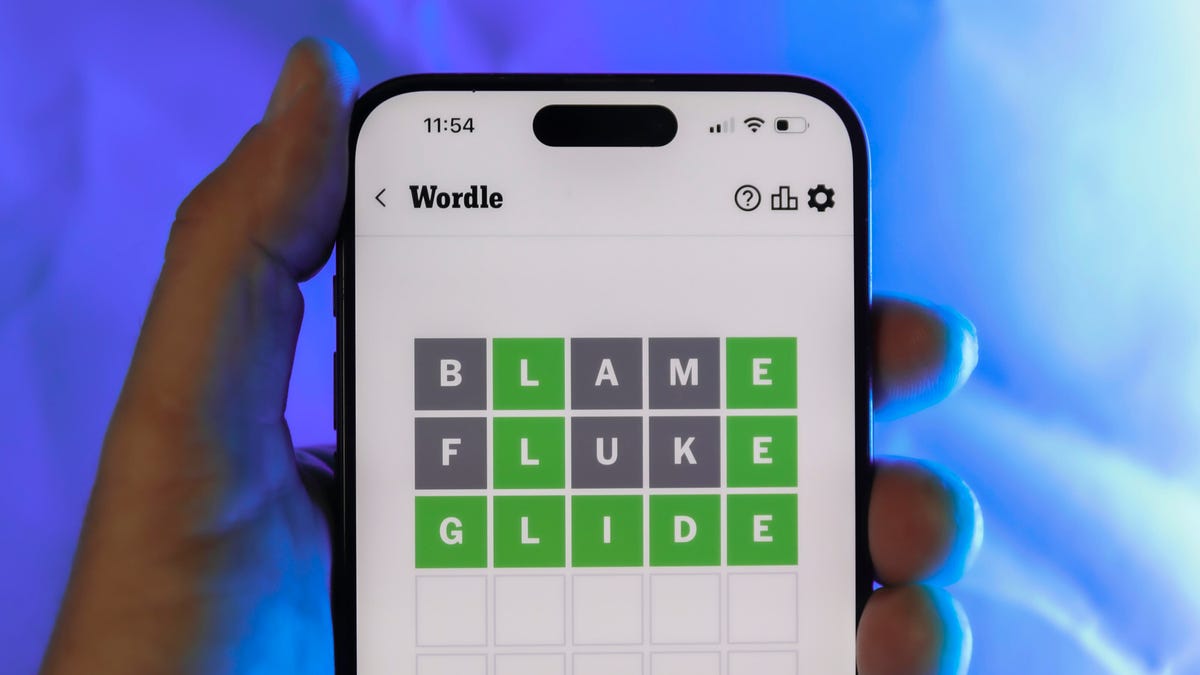Technologies
Best Noise-Canceling Earbuds for 2023
The best noise-canceling earbuds deliver sublime audio and block out unwanted sounds exceptionally well.

With noise-canceling earbuds, you can enjoy your music, podcasts or audiobooks anywhere without having to worry about background noise getting in the way. Active noise canceling, or ANC, true-wireless earbuds have taken over the headphone industry, and while just a few years ago, it would have cost you $200 or more to get noise-canceling capabilities, these days you can get a decent pair of ANC earbuds for as little as $60. And to help you find the pair that’s best for you, we’ve rounded up some of the best noise-canceling earbuds on the market right now below.
Noise-canceling technology continues to evolve and improve with each passing year, with the best noise canceling able to mask a wider range of frequencies and do it on the fly («adaptive» noise canceling) with sophisticated software algorithms and more powerful but energy-efficient processors embedded in the buds. Apple, Sony and Bose remain among the leaders in the category, but they have plenty of competition.
This list is all about great noise-canceling earbuds, but you can see more styles, including plenty of over-ear headphones, in our list of the best noise-canceling headphones. We update both of these lists regularly as new models hit the market.
Read more: Best Wireless Earbuds for 2023: Top Picks for Every Listener
Honorable mentions:
Soundpeats Air Pro 3 — The Soundpeats Air Pro 3 are lightweight buds that sound quite good and offer decent noise canceling for their modest price point. They use Qualcomm’s latest QCC3046 chipset (Bluetooth 5.2) with aptX Adaptive Bluetooth audio streaming that’s supported by many Android smartphones. IPX4 splash-proof, they have a battery life rating of six hours, with an additional three charges in their compact charging case, which is around the same size as the AirPods Pro’s case.
While the buds’ biggest strengths are their lightweight design, sound quality (you get big, bold sound with strong bass that only lacks that extra bit of clarity and definition that higher-end buds offer), the only downside is the voice-calling performance is only so-so — callers said the microphone pick up and voice clarity just wasn’t as good as some earbuds we’ve tested and reduction of background noise was not great either. In other words, don’t buy these if voice-calling is a priority.
Samsung Galaxy Buds 2 — Available in four color options, the Samsung Galaxy Buds 2 noise-canceling headphones don’t feature as good sound or noise canceling as the Galaxy Buds 2 Pro, but they’re compact (15% smaller and 20% lighter than the earlier Buds Plus, they barely stick out of your ears) and cost significantly less. Because they sit more flush with your ears — and have that curved design — they also pick up less wind noise. They’re IPX2 sweat-resistant while the step-up Galaxy Buds 2 Pro are fully waterproof (IPX7).
Is it ‘noise canceling’ or ‘noise cancelling’?
Short answer: both. Either spelling is correct, as «canceling» is more common in American English while «cancelling» is more common in British English. CNET uses «noise canceling» since the company is based in the US, but the noise is canceled just the same, regardless of spelling. If you’re looking to see what different noise-impacting technology is out there for headphones, check out our article on noise-canceling versus noise-isolating headphones, which highlights differences in function — and not just a difference in spelling.
More earbud and headphone buying advice
- Best True Wireless Earbuds for 2023
- Best Open Wireless Earbuds That Aren’t AirPods
- Best AirPods Accessories for 2023
- Best Over-Ear Headphones: Sony, Bose Noise-Canceling Headphones and More
- New Beats Powerbeats 4 Are Old-School Wireless Headphones That Cost $150
- Best-Sounding Earbuds
- Best Cheap Headphones for 2023
- Best Headphones for Running for 2023
- Best Wireless Charging Pads Under $20
- Best Wireless Earbuds and Bluetooth Headphones for Phone Calls
- Best True Wireless Earbuds Under $100
Technologies
Today’s NYT Mini Crossword Answers for Monday, Dec. 1
Here are the answers for The New York Times Mini Crossword for Dec. 1.

Looking for the most recent Mini Crossword answer? Click here for today’s Mini Crossword hints, as well as our daily answers and hints for The New York Times Wordle, Strands, Connections and Connections: Sports Edition puzzles.
Need some help with today’s Mini Crossword? Read on for the answers. And if you could use some hints and guidance for daily solving, check out our Mini Crossword tips.
If you’re looking for today’s Wordle, Connections, Connections: Sports Edition and Strands answers, you can visit CNET’s NYT puzzle hints page.
Read more: Tips and Tricks for Solving The New York Times Mini Crossword
Let’s get to those Mini Crossword clues and answers.
Mini across clues and answers
1A clue: Tree that’s a symbol of Canada
Answer: MAPLE
6A clue: Back street
Answer: ALLEY
7A clue: Kind of steak with a letter in its name
Answer: TBONE
8A clue: Beer pong targets
Answer: CUPS
9A clue: «___ Pinafore» (Gilbert and Sullivan opera)
Answer: HMS
Mini down clues and answers
1D clue: Show mutual interest, as on a dating app
Answer: MATCH
2D clue: «Bad» or «Good Kid, M.A.A.D City»
Answer: ALBUM
3D clue: Sits (down) heavily
Answer: PLOPS
4D clue: Contact ___
Answer: LENS
5D clue: Look here!
Answer: EYE
Don’t miss any of our unbiased tech content and lab-based reviews. Add CNET as a preferred Google source.
Technologies
Today’s NYT Connections: Sports Edition Hints and Answers for Dec. 1, #434
Here are hints and the answers for the NYT Connections: Sports Edition puzzle for Dec. 1, No. 434.

Looking for the most recent regular Connections answers? Click here for today’s Connections hints, as well as our daily answers and hints for The New York Times Mini Crossword, Wordle and Strands puzzles.
Today’s Connections: Sports Edition features one of those classic — and difficult — purple categories. You’ll need to look for words inside of words to get that grouping. (Or just solve the other three, and get purple by default.) If you’re struggling with today’s puzzle but still want to solve it, read on for hints and the answers.
Connections: Sports Edition is published by The Athletic, the subscription-based sports journalism site owned by The Times. It doesn’t appear in the NYT Games app, but it does in The Athletic’s own app. Or you can play it for free online.
Read more: NYT Connections: Sports Edition Puzzle Comes Out of Beta
Hints for today’s Connections: Sports Edition groups
Here are four hints for the groupings in today’s Connections: Sports Edition puzzle, ranked from the easiest yellow group to the tough (and sometimes bizarre) purple group.
Yellow group hint: Maybe on the beach.
Green group hint: Deal me in.
Blue group hint: Not necessarily Jim.
Purple group hint: Look at the final part of the words.
Answers for today’s Connections: Sports Edition groups
Yellow group: Volleyball terms.
Green group: Poker terms.
Blue group: Jameses.
Purple group: Ends in an NWSL team.
Read more: Wordle Cheat Sheet: Here Are the Most Popular Letters Used in English Words
What are today’s Connections: Sports Edition answers?
The yellow words in today’s Connections
The theme is volleyball terms. The four answers are dig, serve, set and spike.
The green words in today’s Connections
The theme is poker terms. The four answers are blind, flop, river and turn.
The blue words in today’s Connections
The theme is Jameses.The four answers are Cook, Harden, Shields and Worthy.
The purple words in today’s Connections
The theme is ends in an NWSL team.The four answers are balderdash (Houston Dash), concurrent (Kansas City Current), foreign (Seattle Reign) and microwave (San Diego Wave).
Don’t miss any of our unbiased tech content and lab-based reviews. Add CNET as a preferred Google source.
Technologies
Today’s Wordle Hints, Answer and Help for Dec. 1, #1626
Here are hints and the answer for today’s Wordle for Dec. 1, No. 1,626.

Looking for the most recent Wordle answer? Click here for today’s Wordle hints, as well as our daily answers and hints for The New York Times Mini Crossword, Connections, Connections: Sports Edition and Strands puzzles.
Today’s Wordle puzzle is a little tricky. Many people will confuse it with a similar word that’s spelled differently. If you need a new starter word, check out our list of which letters show up the most in English words. If you need hints and the answer, read on.
Today’s Wordle hints
Before we show you today’s Wordle answer, we’ll give you some hints. If you don’t want a spoiler, look away now.
Wordle hint No. 1: Repeats
Today’s Wordle answer has no repeated letters.
Wordle hint No. 2: Vowels
Today’s Wordle answer has two vowels.
Wordle hint No. 3: First letter
Today’s Wordle answer begins with L.
Wordle hint No. 4: Last letter
Today’s Wordle answer ends with H.
Wordle hint No. 5: Meaning
Today’s Wordle answer can refer to causing a liquid to drain away from something such as soil or ash.
TODAY’S WORDLE ANSWER
Today’s Wordle answer is LEACH.
Yesterday’s Wordle answer
Yesterday’s Wordle answer, Nov. 30, No. 1625 was MUGGY.
Recent Wordle answers
Nov. 26, No. 1621: HOVEL
Nov. 27, No. 1622: REMIT
Nov. 28, No. 1623: COLIC
Nov. 29, No, 1624: GRUFF
Don’t miss any of our unbiased tech content and lab-based reviews. Add CNET as a preferred Google source.
-

 Technologies3 года ago
Technologies3 года agoTech Companies Need to Be Held Accountable for Security, Experts Say
-

 Technologies3 года ago
Technologies3 года agoBest Handheld Game Console in 2023
-

 Technologies3 года ago
Technologies3 года agoTighten Up Your VR Game With the Best Head Straps for Quest 2
-

 Technologies4 года ago
Technologies4 года agoBlack Friday 2021: The best deals on TVs, headphones, kitchenware, and more
-

 Technologies4 года ago
Technologies4 года agoVerum, Wickr and Threema: next generation secured messengers
-

 Technologies4 года ago
Technologies4 года agoGoogle to require vaccinations as Silicon Valley rethinks return-to-office policies
-

 Technologies4 года ago
Technologies4 года agoOlivia Harlan Dekker for Verum Messenger
-

 Technologies4 года ago
Technologies4 года agoiPhone 13 event: How to watch Apple’s big announcement tomorrow
